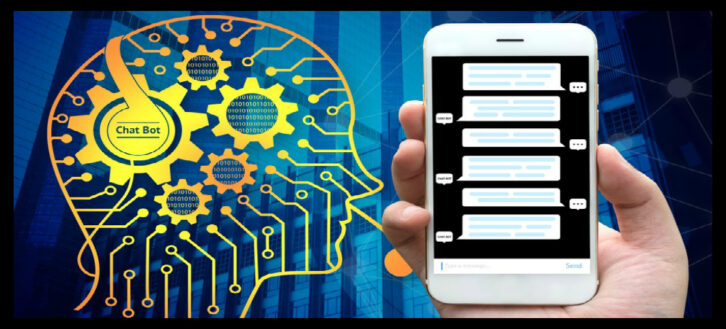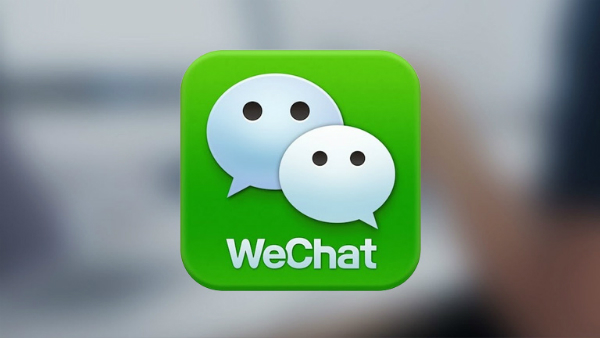In 2017, marketers can no longer afford to ignore the digital sphere. From web hosting to social media and mobile technology, there are simply too many ways to reach customers for marketers not to take interest. Why Marketers Need to Bring AI into their Digital Marketing Strategy, and its usefulness as a customer acquisition and retention tool is only likely to increase as time goes on. If you’re wondering how to work AI into your digital marketing strategy, you’ll want to understand a bit more about this technology and some of the most effective ways to apply it in the current era.
One of the most important current manifestations of AI as a digital marketing tool is the chatbot. Chatbots are (usually) simple forms of AI that mimic humans in conversation with users. In previous years, chatbots were often found on the homepages of various brands, but social media and messaging apps like Slack and Facebook Messenger are quickly becoming the norm, with over 30,000 active chatbots on Facebook Messenger alone as of September 2016. The popularity of chatbots on messaging apps means that consumers who are interested in finding a chatbot will likely come to one of these platforms before seeking out web pages for individual companies. Smart digital marketers would therefore do well to develop chatbots for use on various apps likely to be used by their target demographics.
Artificial Intelligence and Your Digital Marketing Strategy
Here’s an example. If your company sells products to a largely American audience between the ages of 25 and 34, then Facebook Messenger might be your best bet. If you’re marketing to college students in China, on the other hand, you might be better off looking into WeChat. The broader the appeal of your brand, the more platforms you’ll want to be present on. That brings us to what is most likely your next question: how should you configure the bot itself?
This is actually simpler than it sounds. There are a few basic choices you’ll have to make, but most successful chatbots rely on the same basic formula: their responses appear believably human, they’re capable of providing accurate information about your products or services, and they can assist you with making a purchase or connect you with a human representative who will do it for them. Take note that in recent chatbot history (the last year or so), the trend has been for chatbots to automate the sales process entirely, even taking payments in applications like Facebook Messenger so that the customer never has to navigate to a different page. This shift towards increased customer convenience is something we can expect to see a lot more of in the coming years.







